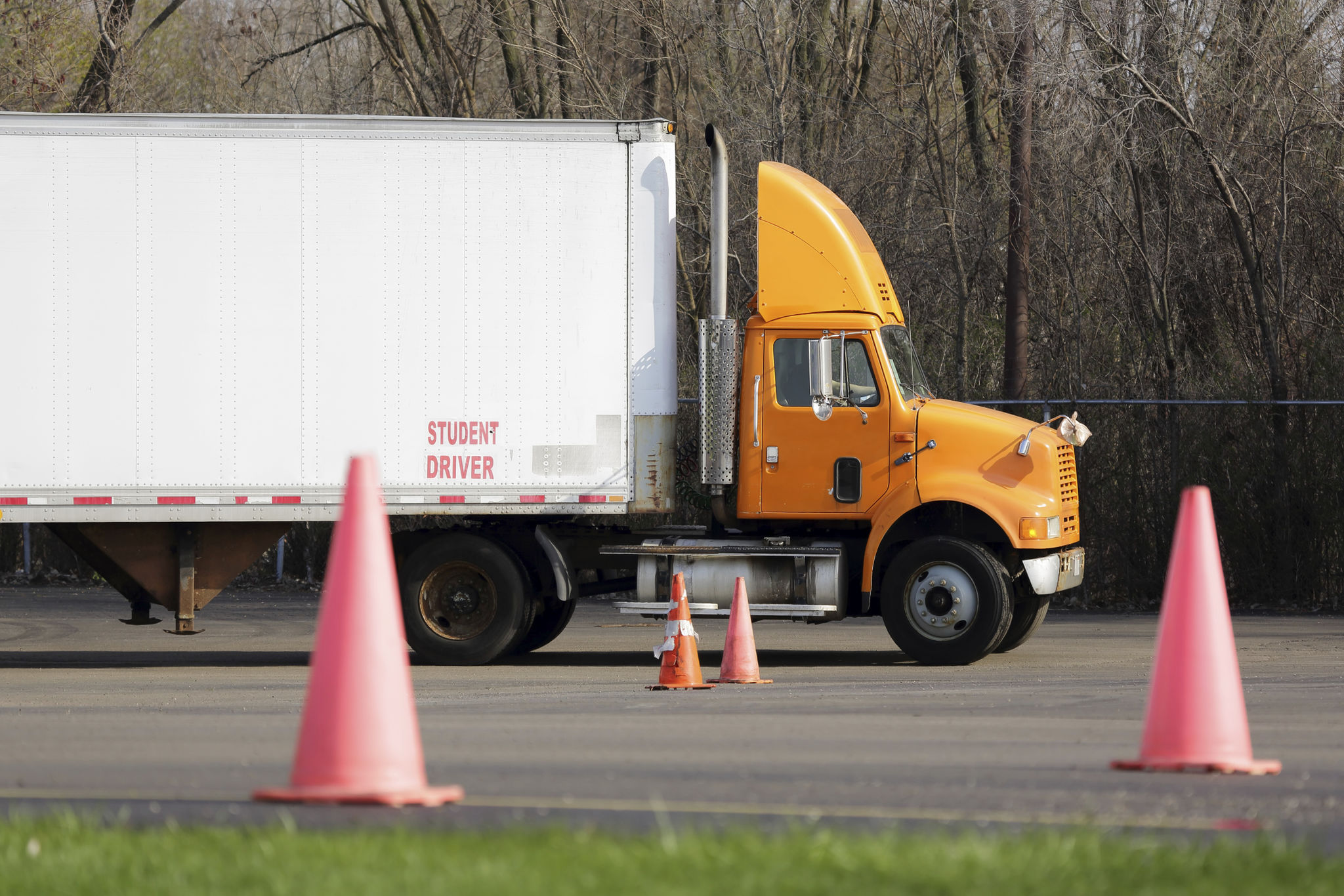The Impact of Weather on Trucking: How to Stay Prepared
The Challenges of Weather in Trucking
The trucking industry is the backbone of modern commerce, responsible for moving goods across vast distances. However, one of the most unpredictable elements affecting the efficiency and safety of this industry is the weather. From snowstorms to hurricanes, weather conditions can significantly disrupt trucking schedules, posing risks to both drivers and cargo.
Adverse weather conditions can lead to delays, increased fuel consumption, and even accidents. Therefore, understanding the impact of weather on trucking operations and knowing how to stay prepared is crucial for maintaining efficiency and safety.

Weather-Related Challenges
Different weather conditions pose unique challenges. For instance, snow and ice can make roads slippery and dangerous, while heavy rain can reduce visibility and increase the risk of hydroplaning. High winds can be particularly hazardous for trucks carrying large loads, as they may cause the vehicle to sway or even tip over.
Additionally, extreme temperatures can affect vehicles' mechanical performance. Cold weather may lead to battery failures or thickened fluids, while heat can cause tire blowouts or engine overheating. These challenges require truckers to be vigilant and well-prepared.
Staying Prepared: Pre-Trip Planning
Preparation is key to mitigating the effects of bad weather on trucking operations. Before embarking on a trip, truckers should check weather forecasts along their route. This allows them to anticipate potential disruptions and plan alternative routes if necessary.
- Monitor real-time weather updates using reliable sources.
- Utilize GPS systems with weather alert features.
- Plan for rest stops where trucks can safely park if conditions deteriorate.

Essential Equipment and Supplies
Having the right equipment and supplies on board can make a significant difference during adverse weather conditions. Truckers should ensure that their vehicles are equipped with essentials such as:
- Snow chains for tires.
- Extra windshield wiper fluid.
- Emergency kits including blankets, food, and water.
Regular maintenance checks are also crucial. Ensuring that brakes, tires, and lights are in optimal condition can prevent breakdowns and accidents.
Driver Training and Safety Measures
Driver training is another critical component of weather preparedness. Drivers should be educated on how to handle their vehicles in different weather conditions. This includes techniques for driving on slippery roads, managing reduced visibility, and reacting to sudden changes in road conditions.
Safety measures such as reducing speed, increasing following distance, and using headlights appropriately can greatly enhance safety during adverse weather. Companies should also have protocols in place for when it’s necessary to halt operations due to severe weather.

The Role of Technology
Advancements in technology offer new tools to help truckers navigate challenging weather conditions. Modern trucks are often equipped with sensors that provide real-time data on road conditions and vehicle performance. Additionally, mobile apps and telematics systems can offer real-time updates on traffic and weather alerts, helping drivers make informed decisions on the road.
By leveraging these technologies, trucking companies can enhance their operational efficiency and ensure the safety of their drivers and cargo.
Conclusion: Weather Preparedness is Key
The impact of weather on trucking cannot be underestimated. While it presents numerous challenges, being well-prepared can mitigate many of these risks. By understanding the specific challenges posed by different weather conditions, equipping trucks properly, training drivers effectively, and utilizing technology, the trucking industry can continue to thrive despite the unpredictable nature of the weather.
Staying prepared not only ensures timely deliveries but also enhances the safety of everyone on the road. By taking proactive measures, the trucking industry can navigate through even the toughest weather conditions with confidence.